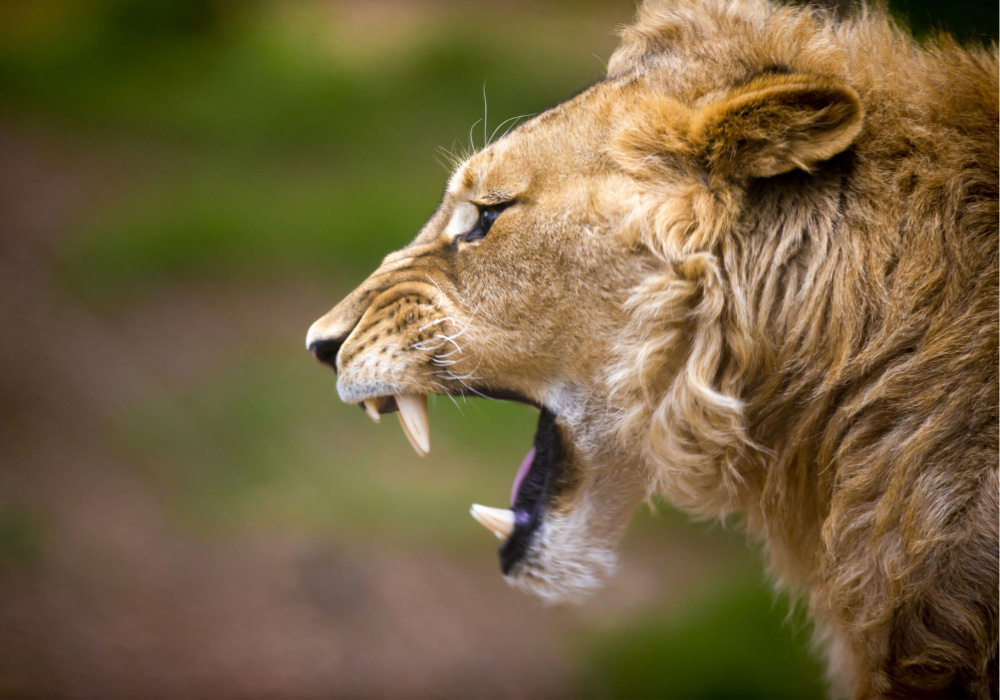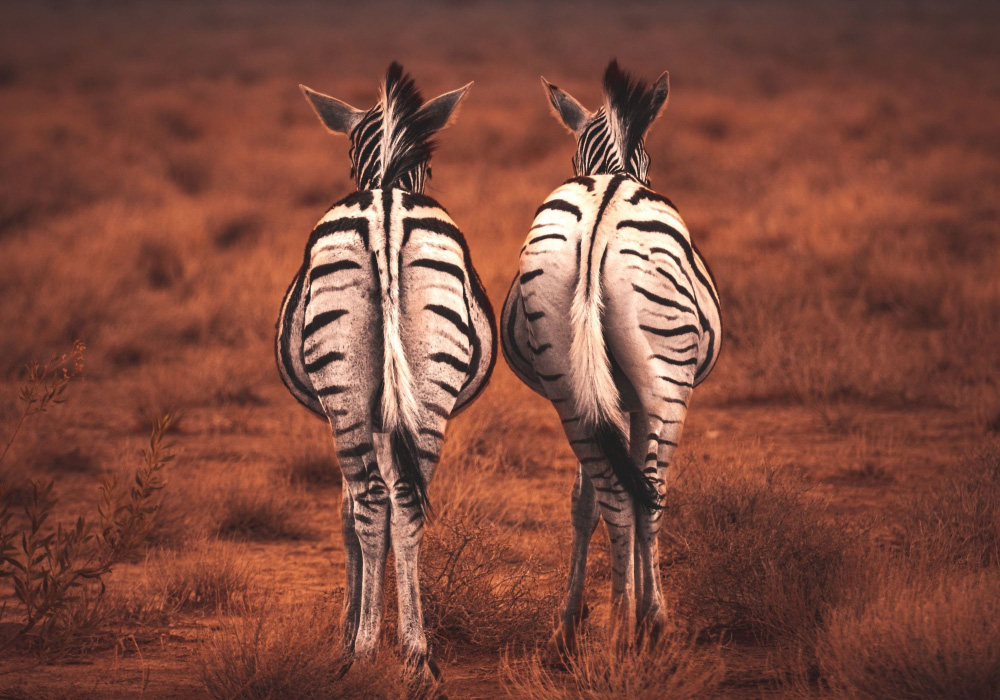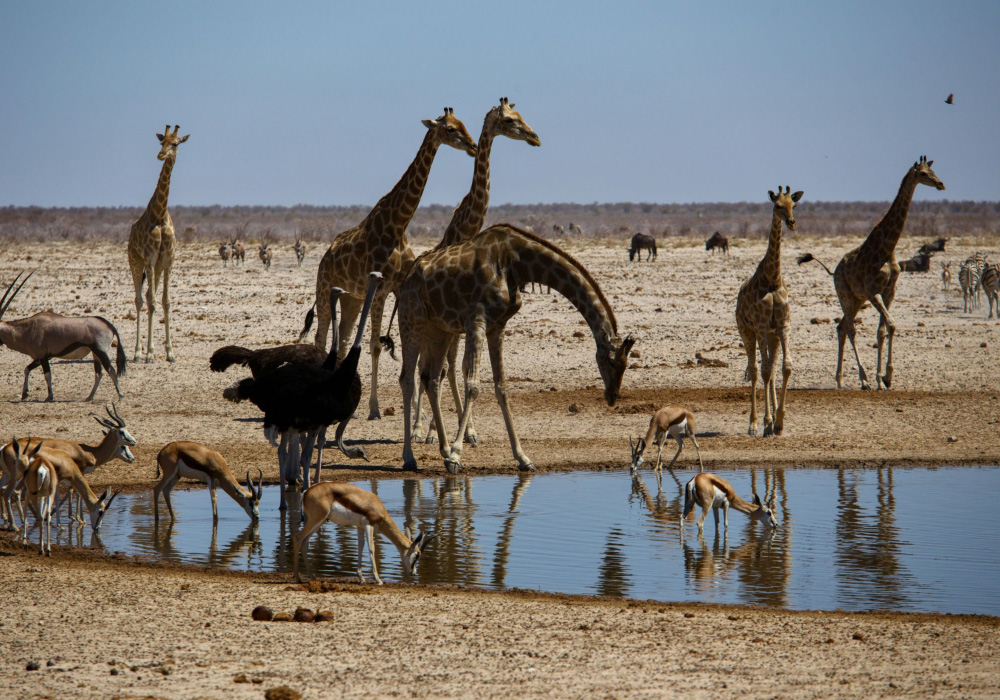Taking remarkable wildlife photos requires more than just a good camera—it starts with intention and knowledge. This guide covers the practical tools, techniques, and insights that help photographers turn fleeting encounters into unforgettable images.
Capturing incredible wildlife photos is about more than luck. It’s about preparation, awareness, and a deep respect for nature. Whether an aspiring hobbyist or a seasoned photographer, anyone can tell powerful stories through images—if they know how to plan, shoot, and adapt to the unpredictability of the wild.
Photographing wildlife presents a unique blend of challenges and rewards. Subjects don’t pose, lighting shifts constantly, landscapes are vast, and animals can disappear in an instant. Yet, those fleeting moments can turn into memorable snapshots with the right gear, timing, and mindset. This comprehensive guide explores how to elevate your wildlife photography, starting with the tools and techniques you’ll need to succeed.

Essential gear for wildlife photography
Photographing the wild is a thrilling experience. It offers a chance to capture the beauty of nature in its raw form. But to get those perfect shots, having the right gear is essential. The right equipment can make all the difference in your photography journey. Let's explore the gear essentials needed to capture your adventures in the wild.
Camera types
Choosing the right camera is the first step to successful wildlife photography. There are several types of cameras to consider:
-
DSLR cameras: These are popular for their versatility and image quality. They offer a wide range of lenses and settings to experiment with, making them ideal for both beginners and professionals.
-
Mirrorless cameras: They are lighter and more compact than DSLRs. They have fewer moving parts, making them quieter, which is a great advantage for not disturbing wildlife.
-
Bridge cameras: A middle ground between point-and-shoot cameras and DSLRs. They come with a fixed lens but offer manual settings for more control over your shots.
-
Action cameras: Perfect for capturing fast-moving subjects. They are compact, durable, and waterproof, making them great for adventurous photographers.
Each type has its pros and cons. Your choice depends on your specific needs and preferences. Consider factors like weight, ease of use, and budget.
Here is a quick comparison table:
|
Camera Type |
Pros |
Cons |
|---|---|---|
|
DSLR |
Excellent image quality, versatility, wide range of lenses |
Heavier, bulkier, more expensive |
|
Mirrorless |
Lighter, quieter, great image quality |
Battery life, fewer lenses available |
|
Bridge |
Manual settings, cost-effective |
Fixed lens, limited image quality |
|
Action |
Compact, durable, waterproof |
Limited manual control, smaller sensor |
Each type serves different needs, depending on your travel style, shooting environment, and budget.
Lenses and accessories
Equally important are the lenses and accessories. The right lens can elevate your photos from good to great. Here are some key lenses:
-
Telephoto lenses: Essential for capturing distant subjects. They allow you to zoom in without getting too close. Perfect for wildlife that might be dangerous or easily scared.
-
Wide-angle lenses: Great for capturing landscapes. They offer a broader view, making them ideal for showing wildlife habitats.
-
Macro lenses: Ideal for close-up shots of small subjects. Perfect for insects, flowers, and small creatures.
Besides lenses, some essential accessories include:
-
Tripod: Stabilizes your camera, especially useful in low-light conditions or for long exposures.
-
Extra batteries: Wildlife photography often involves long hours in the field. Extra batteries ensure you don’t miss any action.
-
Memory cards: High-capacity cards are a must. They allow you to store more high-resolution images without running out of space.
-
Camera bag: Protects your gear from the elements. Choose a comfortable bag with enough space for all your equipment.
Investing in the right lenses and accessories can significantly improve your wildlife photography. It ensures you are prepared for various shooting conditions and subjects.
Planning your shoot
Great wildlife photography starts long before you press the shutter. It isn't about walking into the woods with a camera. It's about knowing where to go, when to be there, and how to prepare. A well-planned shoot increases your chances of capturing memorable images.

How to research the right locations
Good location scouting makes all the difference. Not all habitats are created equal; even well-known spots can offer surprises when explored with a photographer’s eye. Useful research tools include:
| Tool | How It Helps |
|---|---|
| Online platforms | Find reviews, tips, and images from others |
| Local guides | Discover lesser-known photo-worthy spots |
| Local experts | Get real-time advice on animal activity |
| Digital maps | Visualize terrain and plan your route |
National parks, wildlife sanctuaries, and conservation areas often provide reliable opportunities for photographing wildlife. When photographing wildlife, always research local laws and ethical guidelines.
Timing matters
Timing is everything in photography. The right light can transform a photo. Here are some tips on the best times to visit:
- Golden hour: The hour after sunrise and before sunset. The light is soft and warm.
- Blue hour: The time just before sunrise and after sunset. The light is cool and tranquil.
- Seasonal changes: Different seasons offer unique opportunities. Autumn colours, spring blossoms, and winter snow can add variety.
- Weather conditions: Check the weather forecast. Clear skies, fog, or storms can create dramatic effects.
Wildlife behaviour
Knowing how animals behave in their natural environment is one of the most valuable tools in a wildlife photographer’s arsenal. It helps you anticipate movement and position yourself for the best angle—without disturbing your subject.

Animals follow patterns in their daily activities. Learn these patterns to anticipate their next move. Here are some tips to understand animal habits:
- Study their environment: Know the habitat and terrain where the animals live.
- Observe feeding times: Many animals have specific feeding times. For example, birds often feed early in the morning.
- Know their social structure: Some animals move in groups, while others are solitary. Understanding their social behaviour can help capture interactions.
Consider the following table to learn some common animal habits:
|
Animal |
Habit |
Best Time to Photograph |
|---|---|---|
|
Lions |
Hunt in packs |
Early morning or late evening |
|
Deer |
Grazing |
Dawn and dusk |
|
Birds |
Feeding |
Early morning |
Photographers who take the time to learn animal behaviour develop an intuitive sense of when to press the shutter and when to observe.
Final thoughts
Wildlife photography is a pursuit that blends skill, creativity, and a deep appreciation for the natural world. Each image is the result of careful preparation—choosing the right gear, scouting locations, learning animal behaviour, and applying composition and lighting techniques. But beyond the technical aspects, the emotional connection to your subject brings the photo to life.
Whether you're photographing in a distant jungle or your local park, every moment spent behind the lens adds to your growth as a storyteller. With patience and intention, your images can capture more than a scene—they can inspire awareness, wonder, and a deeper respect for the wild places around us. So grab your camera, step quietly into nature, and let the world unfold before your lens.
Stay curious. Be prepared. And let the wild show you its magic.


Comments powered by CComment